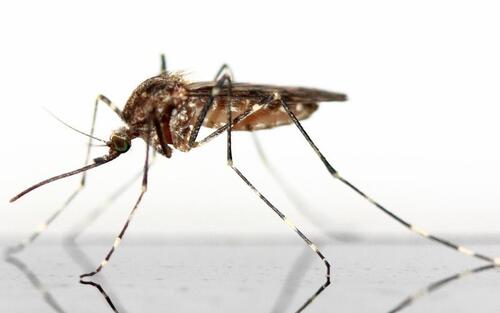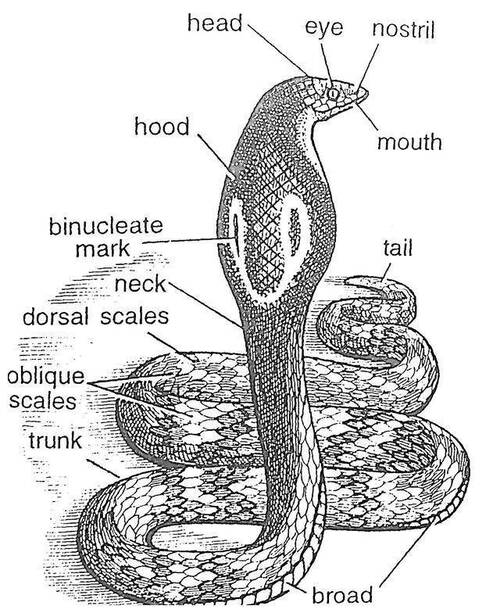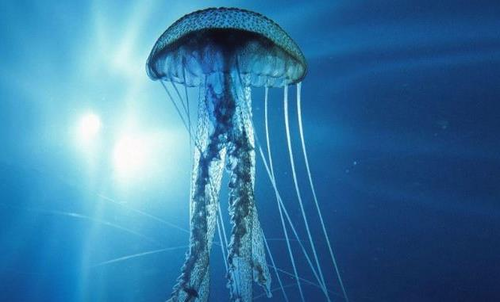When we talk about the most dangerous animals in the world, many people may first think of large predators such as lions, tigers or sharks. However, in fact, some of the most dangerous animals do not rely on their powerful size or sharp teeth to threaten human life. Instead, their threat may come from their tiny size, toxins or the ability to spread disease. This article will take a deep look at the dangerousness of various animals and reveal the most dangerous animals that we may not expect.

Surprisingly, one of the world's greatest threats to human life is the mosquito. Despite their tiny size and seemingly harmless appearance, mosquito-borne diseases kill millions of people every year. The most common mosquito-borne diseases include:
malaria :
dengue :
Yellow fever and Zika virus : Mosquitoes are also vectors of these diseases, and although their mortality rates are lower, the health impacts cannot be ignored.
Mosquitoes are dangerous not only because of how quickly and widely they spread disease, but also because they are difficult to control. Despite anti-mosquito measures in many countries, global climate change and the mosquito's ability to adapt make this threat persistent.

Snakes are also some of the deadliest animals in the world, especially some species of venomous snakes. Snake bites kill tens of thousands of people every year, and the threat is particularly severe in rural areas where medical resources are limited. The most threatening venomous snake species include:
King Cobra :
Inland Taipan : Considered the most venomous snake in the world. One bite of its venom can kill 100 adult men. However, due to the remote areas where this snake lives, the actual number of casualties is relatively small.
Black Mamba : This African snake is known for its extreme aggressiveness and rapid onset of venom. If untreated, its bite can cause death in as little as 20 minutes.
Snakes are dangerous not only because of their venom, but also because many people lack knowledge about them, coupled with their camouflage ability, which allows them to easily approach humans.

The box jellyfish (also known as the box jellyfish) in the ocean is one of the most deadly aquatic animals in the world. They live in tropical waters around Australia and Southeast Asia and often pose a great threat to swimmers and divers. The main threats from box jellyfish come from:
Venom : There are thousands of stinging cells on the tentacles of box jellyfish, which contain highly toxic venom. Once stung by the tentacles, the venom will quickly enter the human body, causing severe pain, difficulty breathing, heart failure, and even death within a few minutes.
Hard to spot :
Although advances in medical technology have helped reduce the mortality rate from box jellyfish, it still kills dozens of people each year.
Hippos are one of the animals responsible for the most human deaths in Africa's freshwater environments. Although they look bulky and docile, hippos are actually very aggressive, especially when they feel threatened. The main dangers of hippos are:
Huge and strong : Adult hippos can grow to weigh about three tons and are fast runners, able to sprint at speeds of 30 kilometers per hour. In the water, they are masters of swimming and diving.
Aggression : Hippos are very territorial, especially near bodies of water, and will attack anything that comes near them. Every year, hippos cause more fatal attacks than African lions or crocodiles.
Huge bite force :
While most birds are harmless to humans, golden eagles are highly dangerous birds of prey. With a wingspan of up to 2.3 meters, golden eagles are able to hunt larger prey such as deer, goats, etc. In some cases, golden eagles will even attack humans, especially when their territory is threatened.
The danger of golden eagles mainly comes from their sharp claws and flying speed. When diving in the air, they can attack their targets at a speed of 160 kilometers per hour, causing fatal injuries to their prey. Although human attacks by golden eagles are relatively rare, the lethality of their attacks cannot be ignored.
Elephants are often considered gentle giants and are seen as symbols of peace and wisdom in many cultures. However, Elephants-Are-Endangered.html">elephants can become extremely aggressive in certain situations, especially during mating season or when they feel threatened. Elephants kill hundreds of people each year in Africa and Asia, and they are dangerous because:
Huge size : Adult elephants can weigh 5-7 tons. Once they become angry, they can easily destroy buildings and vehicles, and even trample humans to death.
Sudden aggression :
Deer ants, also known as bull ants, are one of the most aggressive ants in Australia. Although small in size, deer ants are extremely aggressive and will repeatedly sting their prey with their venomous stingers. The venom of deer ants can cause severe pain, allergic reactions, and even fatal anaphylactic shock in rare cases.
The most dangerous animals in the world are not necessarily the largest predators. Many tiny animals, especially mosquitoes and venomous snakes, are the biggest killers of human life because of the diseases they spread or their powerful venom. Large animals, such as hippos and elephants, also pose a serious threat to humans because of their aggressiveness and strength. Whether it is a tiny mosquito or a huge land and water creature, they can pose a huge threat to human life under certain circumstances. Understanding the behavioral characteristics and dangers of these animals can help us better protect ourselves when interacting with the natural world.
animal tags:
We created this article in conjunction with AI technology, then made sure it was fact-checked and edited by a Animals Top editor.